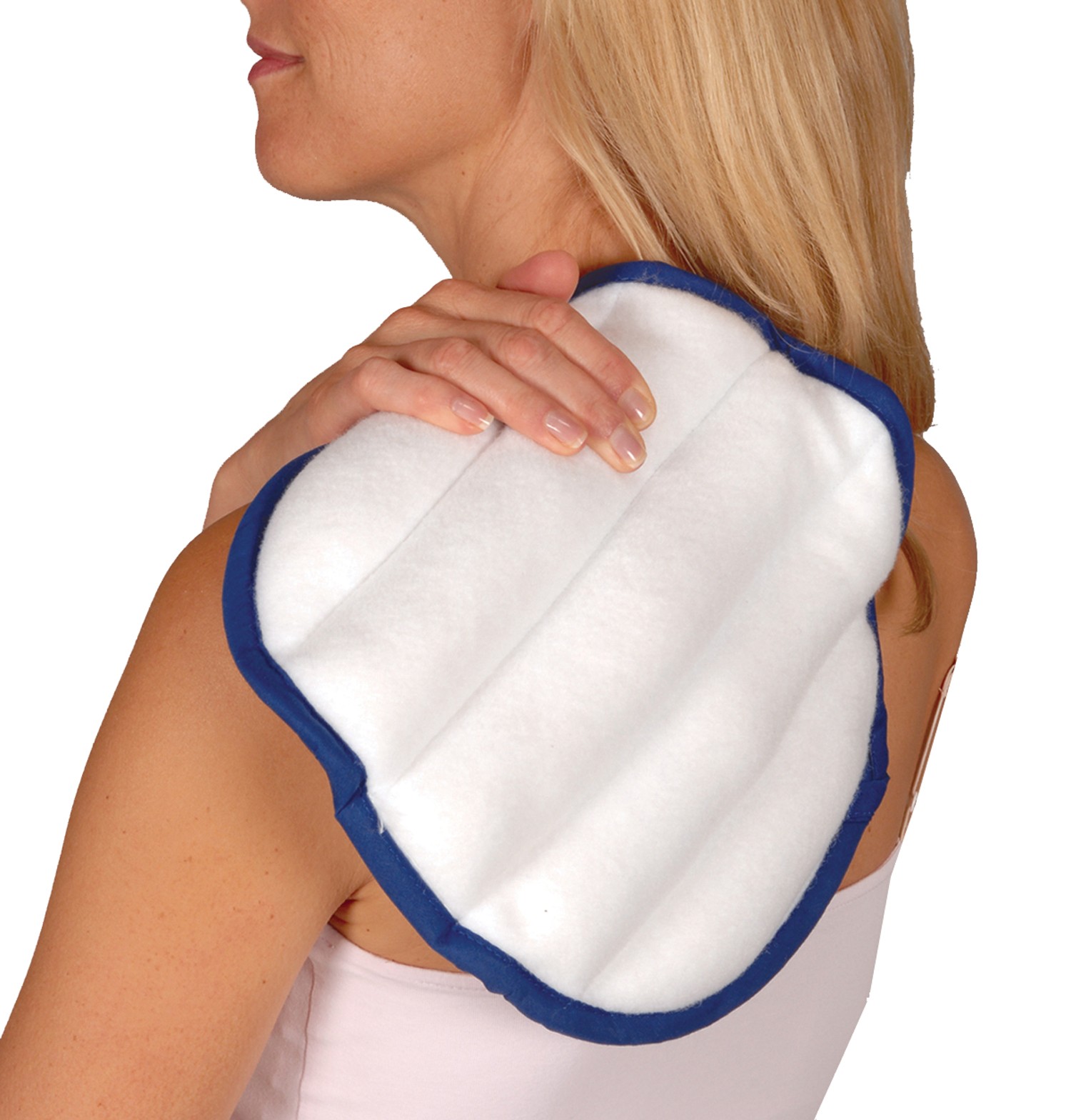Of the more than 100 joints in your body, the knee is the largest and probably the one that most frequently causes pain. An estimated 50 million Americans have suffered or are suffering from knee pain. One out of three automobile injuries is an injury to the knee, and painful knee injuries are caused by many other hazardous activities, such as walking on slippery sidewalks, climbing icy stairs and playing contact sports.
Part of the problem is design and the inability of the knee to adapt to some of the demands that people place on it. The knee wasn't designed for football, rugby, automobile accidents or for squatting or kneeling all day performing carpentry or plumbing. The original design was good, but who knew all the demands we would end up placing on the knee. If you are one of the many who may be experiencing the results of knee abuse, here are some warning signs and things you can do to improve the situation.
Common Symptoms of Knee Pain
Popping and snapping - Noises within the knee are quite common and not necessarily a problem unless associated with pain. A pop is often heard or felt when a ligament, such as the ACL (Anterior Cruciate Ligament) is torn.
Crunching or Grinding - These noises are most frequently associated with bone against bone after cartilage is worn away. This situation is commonly found in arthritis.
Locking - Inability to bend or straighten the knee may be due to something blocking the knee motion (like a piece of cartilage wedged in the joint) or when pain prevents flexing the knee joint.
Instability - The knee is stabilized by ligaments that connect the shin bone(tibia) to the thigh bone (femur). When the ligaments are stretched, torn or injured the knee may feel as though it is giving away.
Swelling - When the swelling develops immediately after an injury, it is often caused by an injury to the ACL or a fracture of the shin bone. More gradual swelling is usually the result of a tear of the meniscus or a ligament sprain. Swelling or deformity without a known injury may be caused by arthritis, gout or a joint infection.
Pain - Inability to comfortably walk on an affected knee, or knee pain that persists beyond a few days or that occurs at night or while resting are indicators of possible knee damage.
Treatments for Knee Pain
Treatment of knee pain depends on the cause of the problem. For this reason it is important to understand the cause of the symptoms before beginning a treatment program. To be sure of the diagnosis and the severity of a condition, seek medical advice before beginning any treatment.
Common Treatments for knee pain include:
Rest - The most basic treatment for common knee pain is to rest the joint and allow the inflammation or swelling to subside. Sometimes this is the only treatment required.
Cold and Heat Application - Ice packs and heat pads are among the most common knee pain treatments. Use Ice for recent injuries (within the last 48 hours) where swelling is a problem. Cold therapy will help reduce the swelling. Heat treatment is used to help relax and loosen tissues and stimulate blood flow to an injured area. Do not use heat after activity or after a recent injury. Cold or heat therapy is best applied in short 20 - 30 minutes segments and should not be used while sleeping.
Stretching - Stretching muscles and tendons surrounding the joint can help relieve knee pain. Try to understand the muscles you wish to stretch and focus on those muscles. Warm up your muscles before stretching (by walking or light jogging). This will increase the benefits of stretching. Begin the stretch slowly and hold the stretch. Don't rush the stretching routine, and repeat it at the end of the therapy or exercise session. When in doubt, get the help of a physical therapist or trainer.
Physical Therapy - This is an important treatment element of almost all orthopedic conditions. A physical therapist will employ a variety of techniques to increase strength, regain mobility and help the injured return to their pre-injury level of activity.
Medication - Non-steroidal anti-inflammatory medications (NSAIDs) are frequently prescribed for patients with knee pain caused by arthritis, bursitis and tendonitis. Cortisone is also freuently prescribed to treat inflammation.
Selected Products Recommended for Treatment of Knee Pain
A variety of effective and low cost products are commercially available to assist you in treating knee pain. The following therapeutic devices are highly recommended:
Platinum Magnetic Knee Brace - Provides Heat and Magnetic therapy to relieve swelling and inflamation.
Wrap-around Neoprene Knee Support - Provides compression and support for healing of minor sprains, strains and arthritic problems.
Therall Moist Heat Pad - Provides heat therapy for pain relief and improved blood flow to injured knees.







